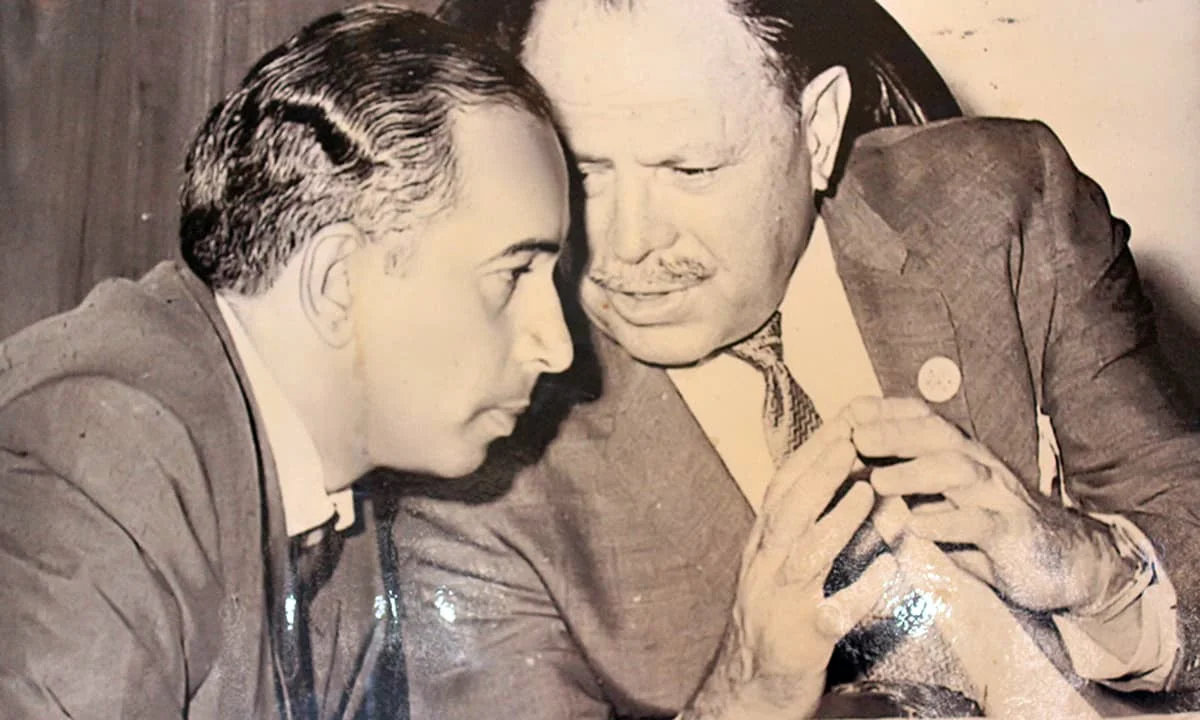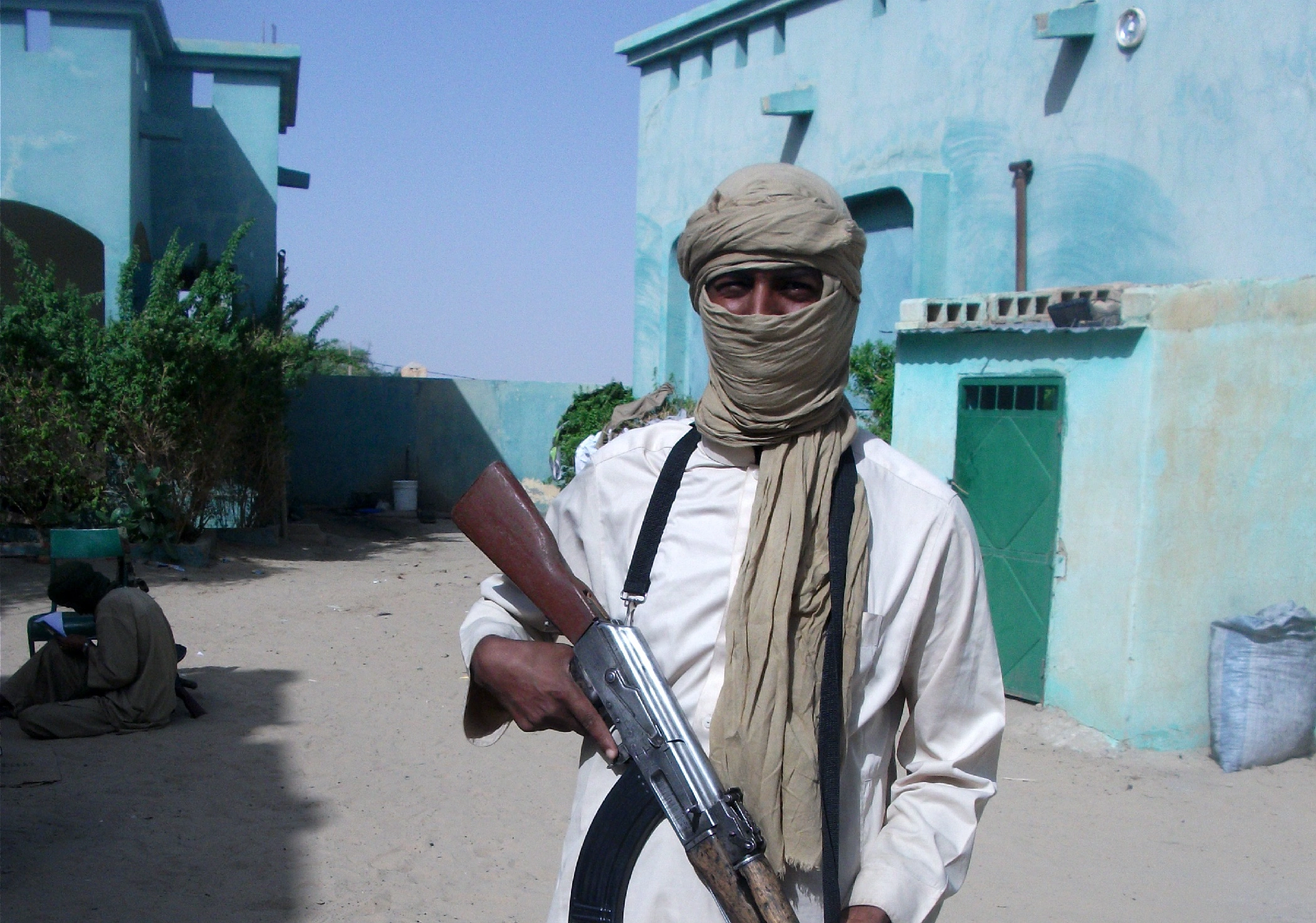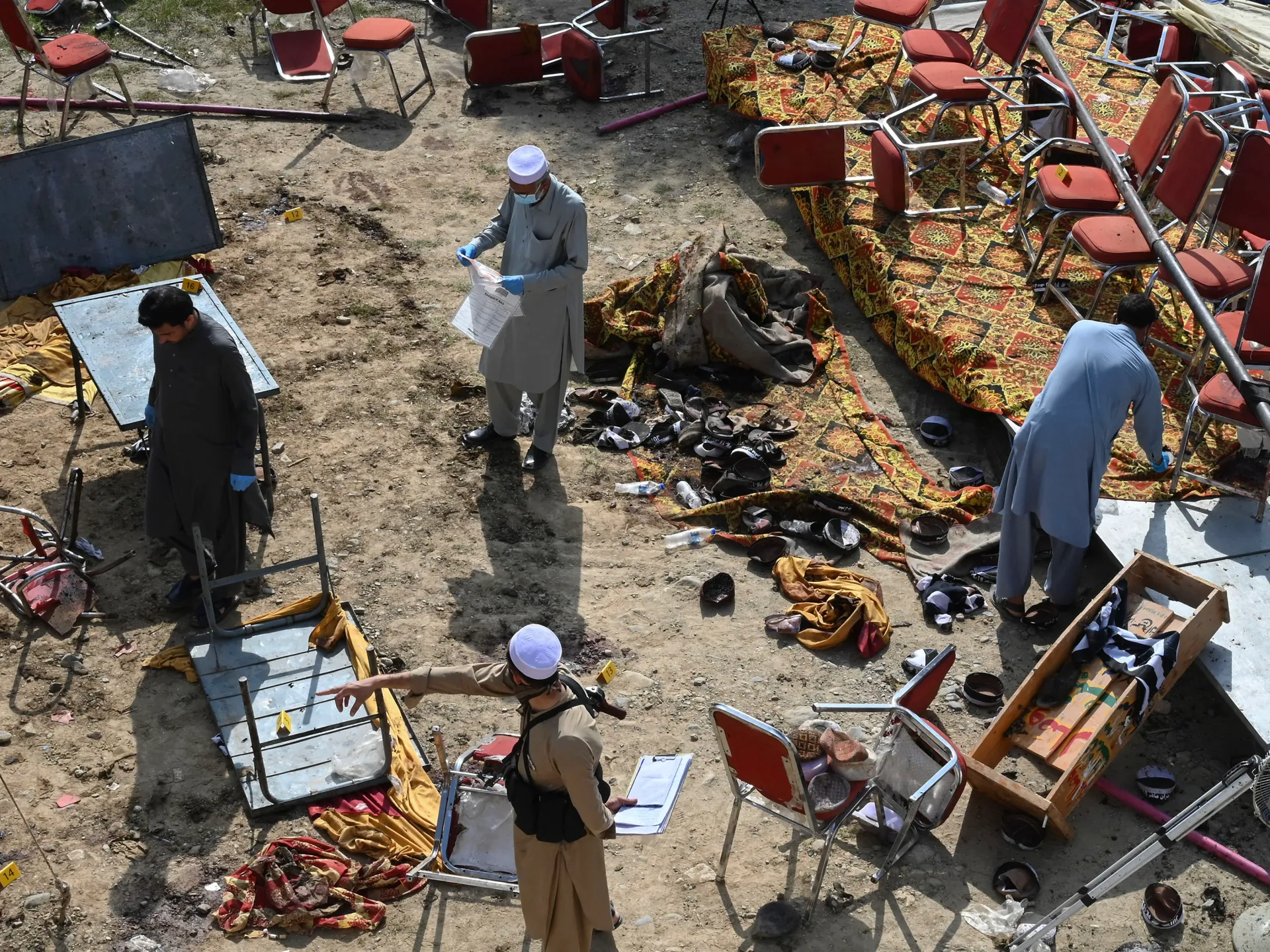Based on the thread initiated by Dr. Hassaan Bokhari (@shbokhari13), we are presenting the subject matter in its more expansive format. Enjoy reading!
Bhutto had called Ayub Khan “daddy” at one point in his life, and Ayub had engineered Bhutto’s meteoric rise, but the two fell out in the aftermath of the 1965 war. Bhutto falsely claimed that Ayub had given in to Hindus and had surrendered a hard-won Pakistani “victory” at the table in Tashkent. He also claimed that Ayub had signed secret protocols under the Tashkent agreement to appease the Indians and that he had effectively killed the Kashmir Cause by his servility towards Indians and Soviets at Tashkent.
After getting kicked out of the cabinet by Ayub, Bhutto laid low for a while and then created the Pakistan People’s Party (PPP) in 1967. Ayub still had the government firmly in his grip, and Bhutto couldn’t do much to hurt him at this time. The situation changed a few months later. The Agartala conspiracy was unmasked in December 1967. It was alleged that during President Ayub’s visit to Dhaka in December 1967, some Bengali military officers and participants in the Agartala conspiracy had made a plan to kidnap or murder Ayub Khan. Then, in January 1968, Ayub Khan had a serious heart attack, which incapacitated him for about 2 months. He never fully regained his health. Unfortunately, Ayub Khan’s dictatorial rule had no institutional or constitutional basis apart from military muscle. According to the Constitution of 1962, if the President were ever rendered incapacitated, the Speaker of the National Assembly would take over as acting President. In 1968, Abdul Jabbar Khan from East Pakistan was the Speaker, but General Yahya Khan, the army chief, practically took over, contrary to Ayub’s drafted constitution. Contrary to the expectations of many (including Yahya’s right-hand man, General Peerzada), Ayub recovered enough to resume his rule in April 1968.
In 1968, some sycophants in the government started celebrating the “great decade of development and reform” to mark Ayub’s 10 years in power. Due to inflation, the public was in no mood to celebrate at that time, and this transparent attempt at flattering Ayub backfired spectacularly. In September 1968, Bhutto vowed to launch and sustain a mass movement until Ayub Khan’s ouster from power. He had been given assurances of support by General Peerzada, who wanted Ayub ousted and replaced by Yahya.
The situation was getting tense with the bubbling torment in East Pakistan due to the Agartala case (which was being tried in open court) and Bhutto’s agitation in West Pakistan. The powder keg was ignited with the killing of a student in Rawalpindi by police on November 7, 1968. Bhutto took full advantage and took the slain student’s body in a huge mass procession from Rawalpindi to his native town of Pindi Gheb in the Attock district. From that day on, the protests in both wings multiplied in size, scale, and ferocity. The police responded with brutality, which in turn fueled more protests. Interestingly, the army was nowhere to be seen and appeared to have become somewhat “neutral.” Many sources have written that this neutrality was the product of a deal between Bhutto and General Peerzada. It has been surmised by many historians that Yahya Khan wanted the situation to go out of Ayub’s control so that he could edge him aside and take over. Peerzada used Bhutto for this purpose, and he accepted the bargain as he garnered great popularity and political capital in West Pakistan through this deal.
The rampant anti-Ayub movement, with the slogan “Ayub Kutta Haye Haye” being heard all over Pakistan, forced Ayub to consider making a deal with the opposition. But Bhutto and Maulana Bhashani refused to accommodate him. This only left Sheikh Mujib as the one popular leader who could lend a hand to Ayub’s falling edifice. Fazed by the mass protests and pressed by the opposition to withdraw all “political” cases, including the Agartala case, the government withdrew the Agartala case on February 22, 1969, and released all the accused charged under it. Ayub Khan then summoned an all-parties round-table conference. Bhutto and Bhashani boycotted it, but the other opposition parties agreed to attend. Ayub now tried to win Mujib over to his side, and at first, Mujib appeared amenable to a compromise, but then Yahya’s cohorts convinced him that Ayub was a sinking ship and it was better for him to join the opposition side, which was tacitly backed by the “neutral” army chief. So, Mujib came to the round table conference and delivered a somewhat disjointed tirade in which he put forth an extreme interpretation of his six points and ended by saying that only by fulfilling all his demands could the country be saved from destruction. An irritated Ayub Khan quipped, “Which country?” and on this note, the round table conference ended.
Ayub had no cards left to play now. He read the writing on the wall. Having conspired to overthrow a government in 1958 while remaining in the shadows and using Iskander Mirza as a frontman, Ayub knew very well the game being played by Yahya Khan by propping up Bhutto and Mujib. As a last resort, Ayub Khan ordered General Yahya to enforce martial law in a few cities (which were serving as hot spots for the protests). General Yahya instead recommended that partial martial law would do no good and that only complete martial law could work. The assemblies should be dissolved, and the Constitution of 1962 should be abrogated as well. Ayub understood perfectly what Yahya wanted. Instead of deluding himself as Iskander Mirza had done 11 years ago, Ayub chose to resign. On March 25, 1969, Ayub Khan resigned, and General Yahya Khan took over as the Chief Martial Law Administrator.
Ayub Khan left Pakistan in a worse state than in 1958. His constitution and his reputation lay in tatters. Most of the politicians loyal to Pakistan and possessing a following in East Pakistan had either been discredited by cooperating with Ayub (e.g., Fazl-ul-Qadir, Monem Khan, etc.) or had been curbed severely by Ayub due to their preference for Islamic ideology (Maulana Maududi, Molvi Farid, etc.). A whole generation of old patriotic leaders like Suhrawardy, Nurul Amin, Manak Mian, etc. had either died or become outdated by the end of the Ayub era. In West Pakistan, the unscrupulous Bhutto had captured the people’s imagination. The new martial law administrator and president had a reputation for possessing excessive fondness for wine and women.
Basically, Ayub had left Pakistan in the hands of a trio composed of Yahya, Mujib, and Bhutto. This “terrible trio” of an inebriated general, an avowed secessionist, and a Machiavellian demagogue had the potential of destroying Pakistan.
And that is precisely what they did.
Read more
The Issue of Disparity between East and West Pakistan
Also See: Bangladesh’s Premier Sheikh Hasina’s Leadership Praised by The International Community






